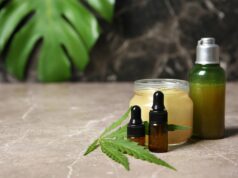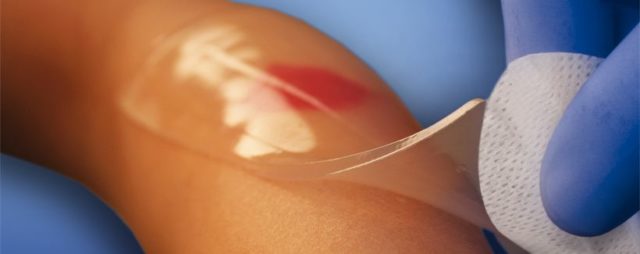
Dry Wounds
Researchers and physicians are consistently studying how wounds form and are healed. When wounds begin to heal naturally, then a scab will form. This is considered a part of the normal healing process. However, scabs form a hard, dry, crusty surface.
Dry wounds that form scabs can easily start to bleed all over again causing healing time to become a setback. It has been researched that a key ingredient in healing is in keeping the wound in a moisturized environment. It is for this reason, hydrogel wound dressings are used consistently by the global medical community.
What is Hydrogel
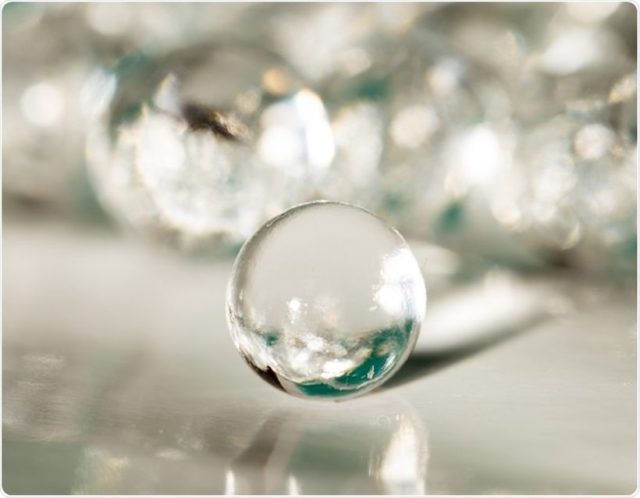
Hydrogels for wound care have been used for over 60 years. Initially, only physicians used this wound dressing. But with modern medical technology, hydrogel bandages are manufactured in on-the-shelf products.
Hydrogel is a synthetic gel-based medical product with a 90% water foundation. Physicians have found that certain wounds heal faster when introduced to a moist environment. Hydrogel dressings promote healing and protects the body from infections.
As a synthetic healing gel, it has a long service life as a medical gel. Hydrogel is made of a polymer chemical that absorbs lots of moisture, yet it will not dissolve in water. The hydrogel wound dressing is a proven medical product for wounds that must be kept moistened.
Hydrogel Ingredients
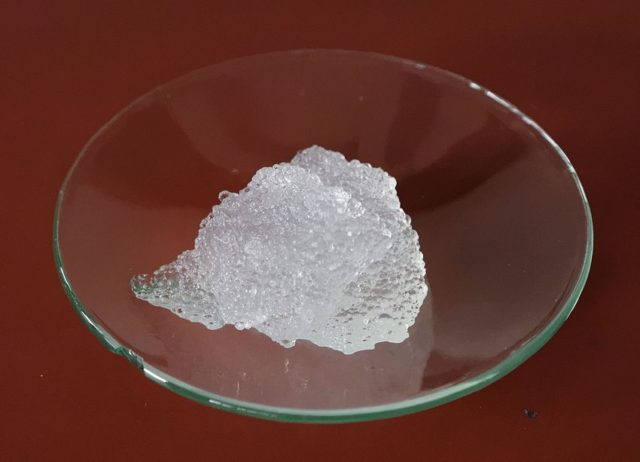
Hydrogel wound dressing manufacturers often cite that it also includes other active ingredients. These additional ingredients are natural in nature. They include glycerin, aloe vera, propyl/methyl paraben, and castor oil that is hydrogenated. The active ingredients are proven healing ingredients. They are all used by hospitals, doctor’s offices, and other clinical settings
Wounds in the healing process are generally necrotic meaning the tissues and skin around it are dying. This is not exactly bad. It is part of the healing process whereby the tissue and skin must fall off before it can heal. By placing a hydrogel dressing over the wound, it helps to remove dead skin so that there are no infections or harmful bacteria.
Hydrogel in its pure thick gel form is clear in color. It can be used to fill in a wound or as an epidermal dressing than can be placed directly on top of the wound. Hydrogel component bandages are available in varied shapes and sizes.
Types of Open Wounds
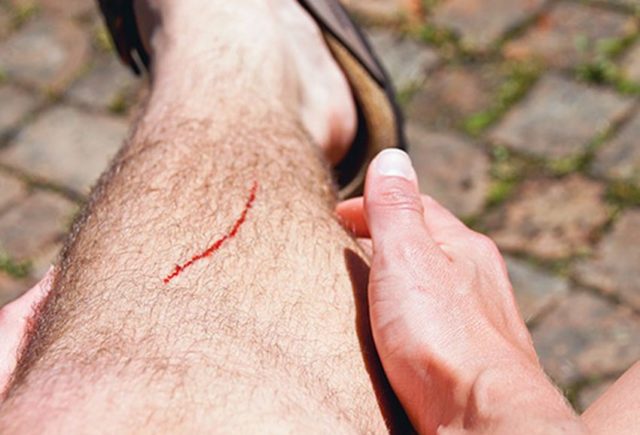
The open wounds that benefit from this medicated dressings include the following:
• Acute/Traumatic
• Blisters
• Laceration/Abrasion
• Radiation Burns
• Secreted or Seeping Wounds
• Superficial Burn/First/Second Degree Burn
• Superficial Wound
• Surgical and Post-Operative Wound
• Ulcers – Arterial/Pressure/Venous /Foot/Leg/Diabetic
Four Types of Open Wounds
Many open wounds occur as the result of an injury, illnesses, surgery, infections, etc. There are four major types of open wounds. These include the following categories:
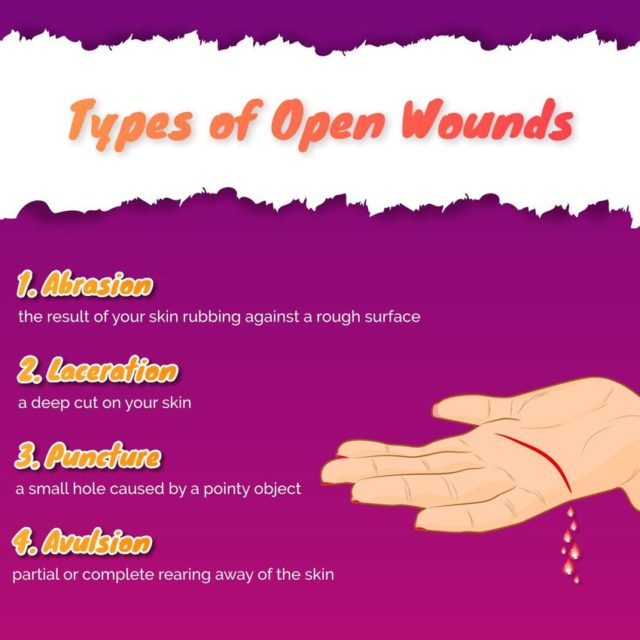
- Abrasions – When the skin is scraped or harshly rubbed, an abrasion wound occurs. In addition to the skin being worn away, an abrasion wound can also open the skin as a puncture environment allowing bacteria and infections to occur without the proper treatment.
- Lacerations – Skin lacerations are a tearing away of the epidermis of the skin. If deep enough, a laceration can require stitches and the damage is deep.
- Punctures – punctures can a small pinhole effect or deep enough to cause internal damage. If not attended to quickly, a puncture can worsen.
- Avulsions – When the body is damaged via a car accident, a serious fall, a through and through penetration by something, this is an avulsion wound. There is heavy bleeding and in all likelihood, bleeding holes are formed in the skin.
Hydrogel Varieties
There are three main types of hydrogels for wound care. Each type is very beneficial. Let’s look at the different varieties:
1. Amorphous Hydrogel
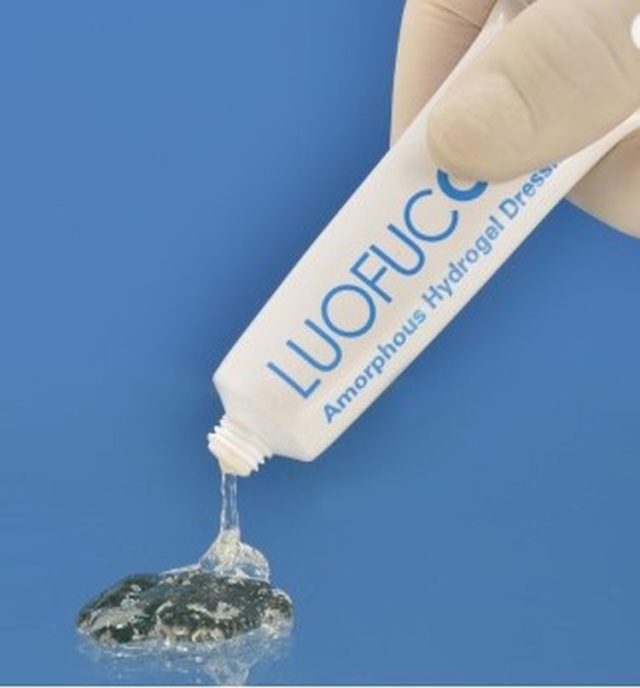
This is the pure gel form. It is available in a spray, a foil packaging, and in tube form. It can be squeezed into deep wounds, holes, and skin gaps. The use of an amorphous hydrogel is the initial treatment of deep wounds and this form is often followed up with a secondary medical dressing that covers the wound area. An amorphous hydrogel is used for deep and thick wounds, burns, necrosis formed wounds, and damaged tissue wounds caused by radiation treatments.
2. Impregnated Hydrogel
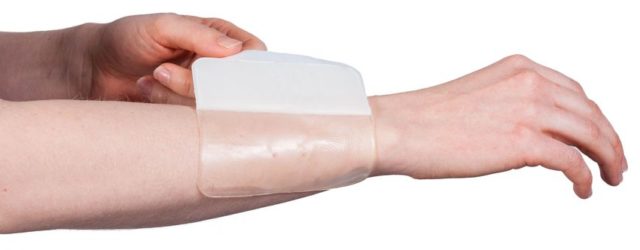
A large amount of hydrogel is placed heavily onto a gauze-style dressing pad. With an impregnated hydrogel you can cover your wound or a physician uses it to deeply pack a wound. When used as a packed impregnated dressing, it must be covered so that it adheres to the wound and skin. Impregnated hydrogels are used as an initial dressing when treating partial draining wounds. They are best used in the treatment of pressure or dermal ulcers, minor burns that occurred at home or on a job. Impregnated hydrogel wound dressing works successfully on deep wounds, infected wounds, tears, radiation dermatitis or other types of wounds.
3. Sheet Hydrogel
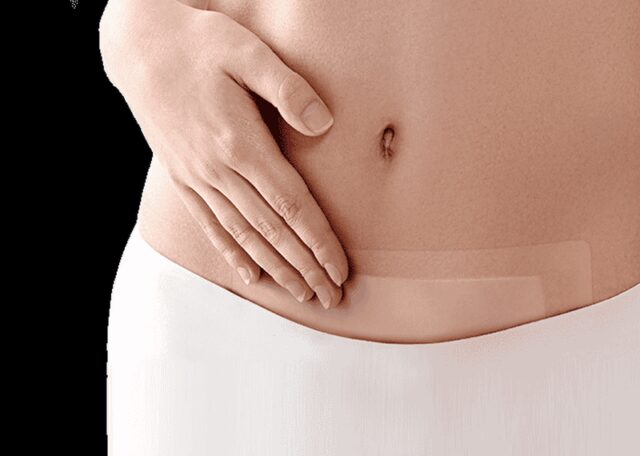
A gel-filled hydrogel sheet is available in adhesive form or a plain sheet. The hydrogel sheet style can be cut to fit over the exact size of the wound. It features a thin fiber mesh where the gel sits inside. Sheet hydrogels are best used for wounds that are draining ever so slightly. They are very effective in healing from blisters, epidermis burns, diabetic ulcers, tears in the skin, and abrasions. Clinicians use sheet hydrogel sheet products inside casts and splints because of its moisture content.
Benefits of Hydrogel

The hydrogel solution itself does not create any allergic or side-effect reactions. It is also great for people who have sensitive skin. It does not stick to the skin like a traditional bandage dressing. When applied to a wound, it can be changed as often as needed without disturbing the wound from healing.
When used on burns, hydrogel wound dressings deposits a moistness onto the skin which lessens the pain. It provides a cooling environment in and around the wound area. Hydrogel is an advanced medical wound dressing that protects a wound as it heals both inside and out.
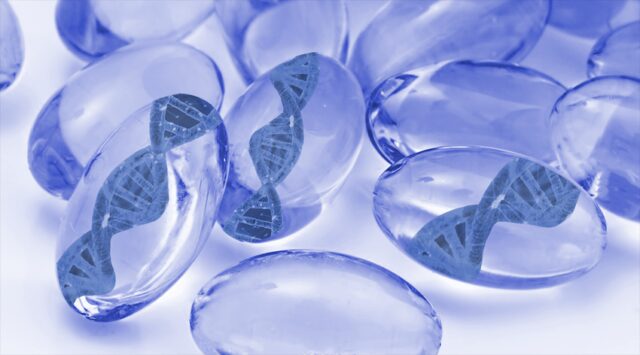
There is a slightly negative side to how hydrogel can be used. It cannot be used on wounds that are already infected and are vastly seeping. Aside from this type of wound surface, hydrogels for wound care is a medical success for healing. Learn more here.
We will soon hear a great deal about hydrogel. Its water retention abilities are being used in many other industries in addition to medicine. For example, hydrogel properties are used in farming for soil erosion measures. Hydrogel wound bandages for animals are proving successful. The cosmetic industry is also where hydrogel products will be released. Hydrogel is an innovative, eco-friendly system. It is an application being used around the world.

